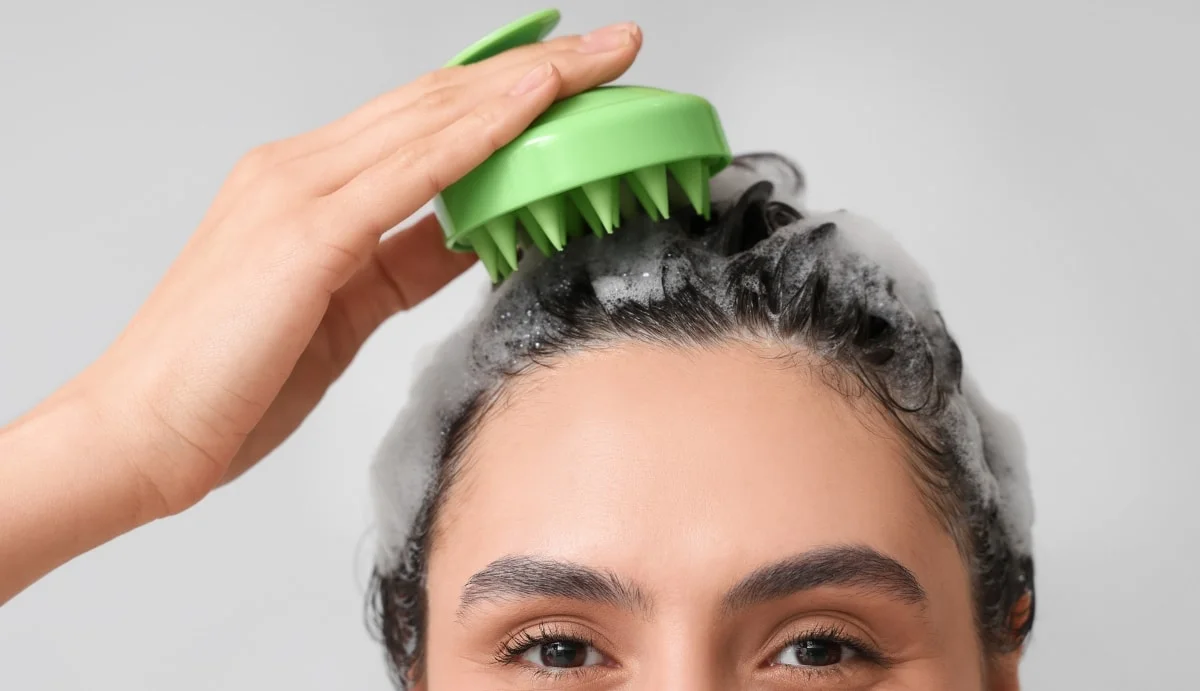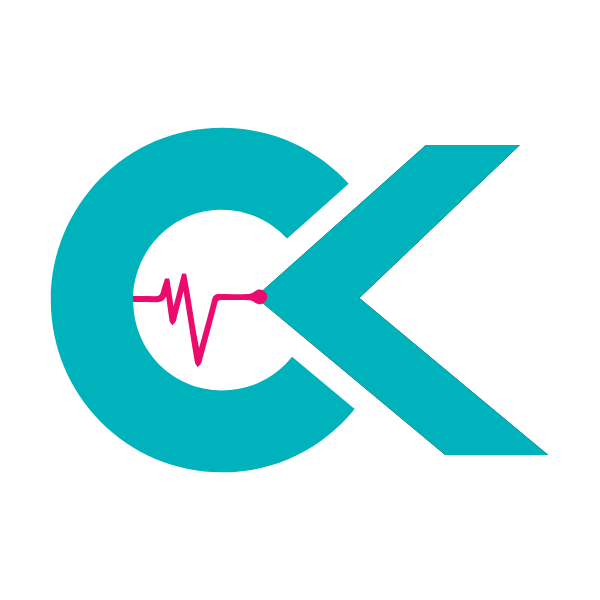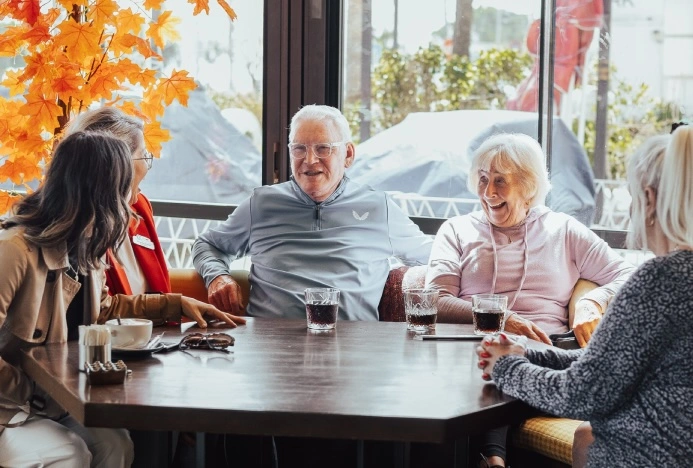Following hair transplantation, crucial for graft survival and growth is the post-operative period, where temporary shedding (‘shock loss’) can be concerning. To optimise results and mitigate this, scalp stimulation for hair loss after transplant is now a vital part of comprehensive care. This guide explores its mechanisms, benefits, and methods for patients seeking optimal hair restoration outcomes.
Table of Contents
Understanding Hair Loss After Transplant
Following a hair transplant, it is natural for patients to experience a phase of shedding before new hair growth stabilizes. This is primarily due to the physiological stress induced by the transplant procedure, which can push hair follicles into a resting (telogen) phase prematurely. While temporary, this period requires diligent care to ensure the optimal environment for follicular health and eventual growth. The success of a hair transplant hinges not only on the skillful extraction and implantation of grafts but also significantly on the post-operative environment and care regimen.
The Science Behind Post-Transplant Shedding
Hair follicles undergo a cyclical process of growth (anagen), regression (catagen), and rest (telogen). The trauma of transplantation can disrupt this cycle, leading to telogen effluvium, where a significant number of hairs prematurely enter the telogen phase and shed. This ‘shock loss’ typically occurs within 2-4 weeks after the procedure and can affect both native and transplanted hairs. It is a temporary phase, and the follicles are expected to re-enter the anagen phase and produce new, healthy hair within a few months. Understanding this process is key to appreciating the role of targeted interventions like scalp stimulation.
Factors Influencing Hair Regrowth
Several factors can influence the rate and quality of hair regrowth after a transplant. These include the individual’s genetics, overall health, nutritional status, and adherence to post-operative instructions. Factors such as adequate blood supply to the scalp, minimizing inflammation, and providing essential nutrients are paramount for promoting graft survival and encouraging robust hair growth. A proactive approach to these elements, including various forms of hair loss prevention and care, can significantly enhance the final aesthetic outcome.
The Role of Scalp Stimulation in Post-Transplant Care
Scalp stimulation techniques are designed to create an optimal environment for hair follicles, encouraging faster recovery, enhancing graft survival, and promoting denser, healthier hair growth. By improving blood circulation, reducing inflammation, and delivering essential growth factors, these methods play a crucial role in accelerating the healing process and supporting the newly implanted grafts.
Benefits of Scalp Stimulation
The advantages of incorporating scalp stimulation into post-transplant care are manifold. These benefits include accelerated healing of the recipient area, which is critical for reducing downtime and minimizing discomfort. Improved blood flow ensures that transplanted follicles receive an adequate supply of oxygen and nutrients, essential for their survival and integration. Furthermore, stimulation can reduce the duration and intensity of shock loss, helping patients navigate the temporary shedding phase with greater confidence. Ultimately, these interventions contribute to a higher graft survival rate and lead to denser, more robust hair growth, maximizing the aesthetic success of the transplant.
Scientific Basis for Effectiveness
Research has consistently explored the efficacy of various scalp stimulation methods in promoting hair growth. A study published in the *Journal of Clinical and Aesthetic Dermatology* (2019) specifically investigated the use of Platelet-Rich Plasma (PRP) therapy following hair transplantation. The study concluded that PRP application significantly enhanced graft survival rates and accelerated hair regrowth in the recipient area, attributing these benefits to the concentrated growth factors present in PRP that stimulate follicular activity and angiogenesis. This scientific backing reinforces the value of incorporating such therapies into a comprehensive post-transplant regimen to address concerns related to scalp stimulation for hair loss after transplant.
Effective Scalp Stimulation Methods
A range of techniques is available for effective scalp stimulation after a hair transplant. The choice of method often depends on individual patient needs, the surgeon’s recommendation, and the clinical context.
Platelet-Rich Plasma (PRP) Therapy
PRP therapy involves drawing a small amount of the patient’s blood, processing it to concentrate the platelets, and then injecting the platelet-rich plasma into the scalp. Platelets contain numerous growth factors that play a vital role in tissue repair and regeneration. When injected into the scalp, these growth factors stimulate dormant hair follicles, prolong the anagen phase, and promote the formation of new blood vessels, all of which are conducive to healthy hair growth and graft survival. PRP is a popular option for scalp stimulation for hair loss after transplant due to its autologous nature and minimal risk profile.
Low-Level Laser Therapy (LLLT)
Low-level laser therapy (LLLT), also known as red light therapy or cold laser therapy, uses phototherapy to stimulate cellular activity in the scalp. LLLT devices emit photons that are absorbed by the chromophores in the hair follicles, leading to increased cellular metabolism, reduced inflammation, and improved blood flow. This non-invasive method can strengthen existing hairs, encourage growth in weakened follicles, and support the healing of the scalp post-transplant. It is often administered through caps, combs, or helmets that patients can use at home or in a clinic setting.
Microneedling
Microneedling involves using a device with fine needles to create microscopic punctures in the scalp. These controlled micro-injuries stimulate the body’s natural wound healing process, leading to the release of growth factors and increased collagen production. This process can enhance blood circulation, improve the absorption of topical treatments, and potentially activate dormant hair stem cells. When combined with other therapies, microneedling can significantly contribute to effective scalp stimulation for hair loss after transplant, promoting a healthier environment for hair growth.
Topical Treatments and Massages
Certain topical solutions, often containing minoxidil or other growth-promoting agents, can be prescribed by specialists to support hair growth. These treatments work by increasing blood flow to the follicles and extending the anagen phase. Alongside topical applications, regular, gentle scalp massages can improve circulation and reduce tension in the scalp, further aiding the delivery of nutrients to the hair follicles and contributing to the overall effectiveness of scalp stimulation for hair loss after transplant.
Comparing Scalp Stimulation Methods
Different scalp stimulation methods offer varied approaches to enhancing hair growth and recovery. Understanding their distinctions is key to making informed decisions for post-transplant care.
| Factor | PRP Therapy | LLLT | Microneedling | Topical Treatments | Scalp Massage |
|---|---|---|---|---|---|
| Invasiveness | Minimally Invasive | Non-Invasive | Minimally Invasive | Non-Invasive | Non-Invasive |
| Mechanism | Growth Factors | Cellular Stimulation | Wound Healing Response | Blood Flow, Growth Factors | Circulation, Relaxation |
| Frequency | Monthly/Quarterly | Daily/Weekly | Weekly/Bi-weekly | Daily | Daily |
| Cost (UK) | High | Moderate-High | Moderate | Low-Moderate | Free |
| Evidence | Strong | Moderate-Strong | Moderate | Strong | Limited (Adjunctive) |
The Hair Transplant Journey: From Procedure to Full Regrowth
Embarking on a hair transplant journey requires a comprehensive understanding of each phase, from the initial consultation to the final results. The procedural aspects are meticulously planned, ensuring the best possible outcome for patients seeking to restore their hair density.
Pre-Operative Considerations
Before the procedure, patients undergo thorough evaluations to determine their suitability for a hair transplant. This includes assessing hair loss patterns, donor area density, and overall health. Detailed discussions regarding expectations and potential outcomes are essential. Patients are advised to avoid certain medications and substances that could interfere with the surgery or recovery. Preparing for a Hair Transplant in Turkey involves understanding the entire process, including pre-operative guidelines.
The Hair Transplant Procedure (FUE and DHI)
Turkey has become a leading destination for hair transplantation, with clinics offering advanced techniques such as Follicular Unit Extraction (FUE) and Direct Hair Implantation (DHI).
- FUE (Follicular Unit Extraction): This method involves individually extracting hair follicles from the donor area (usually the back of the head) using a micro-punch tool. These follicles are then prepared and implanted into tiny incisions made in the recipient area. FUE is popular due to its minimally invasive nature and lack of linear scarring.
- DHI (Direct Hair Implantation): DHI is a modified FUE technique where hair follicles are implanted directly into the recipient area using a specialized pen-like tool (Choi Implanter Pen) without the need for pre-made incisions. This allows for precise control over the depth, angle, and direction of implantation, potentially leading to higher density and a more natural look.
Post-Operative Care and Recovery
The immediate post-operative period is critical. Patients receive detailed instructions on how to care for their newly transplanted grafts, including washing protocols, sleeping positions, and activity restrictions. Avoiding direct sunlight, strenuous exercise, and alcohol is typically recommended. Adherence to these guidelines is paramount for protecting the delicate grafts and facilitating proper healing. This is where effective scalp stimulation for hair loss after transplant plays a significant role in fostering an optimal healing environment.
Recovery Timeline
- Days 1-7: The scalp will be red and may have scabs forming. Swelling is common. Gentle washing begins. Grafts are most vulnerable.
- Weeks 2-4: Shock loss typically begins, where transplanted hairs shed. This is a normal part of the process.
- Months 2-3: New hair growth may start, initially fine and thin. Continued shedding of older hairs might still occur.
- Months 4-6: Significant growth becomes noticeable, with hair becoming thicker and stronger. Scalp stimulation for hair loss after transplant methods are often continued during this phase.
- Months 6-12: Hair density increases further. The final results begin to take shape.
- Months 12-18: Full results are generally visible, with mature hair growth. Continued care and optional stimulation can maintain hair health.
Why Choose Turkey for Hair Transplant and Post-Operative Care?
Turkey has established itself as a global leader in medical tourism, particularly for hair transplantation. This reputation is built on a foundation of experienced surgeons, state-of-the-art facilities, and significantly more affordable pricing compared to Western countries.
Cost-Effectiveness: Turkey vs. United Kingdom
For international patients, especially those from the United Kingdom, the cost difference can be substantial. This affordability does not come at the expense of quality; rather, it reflects lower operational costs and a competitive market. Patients can often receive a comprehensive package that includes the procedure, accommodation, transfers, and post-operative care, making the overall experience seamless and cost-efficient.
| Service | Turkey Price (GBP) | UK Price (GBP) |
|---|---|---|
| FUE Hair Transplant (2500 grafts) | £2,000 – £3,500 | £5,000 – £10,000 |
| DHI Hair Transplant (2500 grafts) | £2,500 – £4,000 | £6,000 – £12,000 |
| PRP Therapy (per session) | £100 – £200 | £300 – £700 |
| Microneedling (per session) | £50 – £100 | £150 – £350 |
| LLLT Device (home use) | £300 – £800 | £500 – £1,500 |
*Prices are approximate and can vary based on clinic, number of grafts, and specific package inclusions.
Quality and Expertise
Turkish clinics are renowned for their highly skilled surgeons and medical teams who specialize in hair restoration. Many have extensive international experience and utilize the latest techniques and technologies. The focus on patient care and advanced methodologies ensures that individuals receive high-quality treatment and excellent post-operative support, including guidance on scalp stimulation for hair loss after transplant.
CK Health Turkey: Your Partner in Hair Restoration
CK Health Turkey stands as a premier destination for international patients seeking top-tier medical services, including comprehensive hair restoration procedures and crucial aftercare. Our commitment to excellence, patient safety, and successful outcomes makes us a trusted choice for those considering a hair transplant. We understand that the journey to restoring your hair is deeply personal, and we are dedicated to providing a supportive, professional, and world-class experience from consultation through to full recovery.
Our clinics are equipped with state-of-the-art technology and staffed by highly experienced surgeons and medical professionals who are experts in the latest FUE and DHI techniques. We offer tailored post-operative care plans, meticulously designed to optimize graft survival and accelerate healing, incorporating effective strategies for scalp stimulation for hair loss after transplant. Our patient coordinators provide seamless support, assisting with every aspect of your medical journey, from initial inquiries to travel arrangements and follow-up care.
Take the next step towards a fuller, healthier head of hair. Contact CK Health Turkey today for a personalized consultation and discover how our expertise and dedicated care can transform your hair restoration journey. Visit our website to learn more about our services and patient success stories.
Effective scalp stimulation for hair loss after transplant is not merely an adjunct treatment; it is an integral component of a successful hair restoration outcome. By understanding and embracing these advanced care strategies, patients can significantly enhance the survival of their newly implanted grafts, mitigate the effects of shock loss, and ultimately achieve denser, healthier hair growth. The commitment to meticulous post-operative care, including various stimulation methods, transforms a good transplant into an exceptional one, delivering the lasting, natural-looking results that patients aspire to. This proactive approach ensures that the investment in a hair transplant yields its maximum potential, securing long-term satisfaction and renewed confidence.
FAQs
What is shock loss after a hair transplant?
Shock loss is a temporary shedding of existing and newly transplanted hairs that typically occurs within 2-4 weeks post-procedure. It is a normal reaction to the trauma of surgery and is almost always followed by new, permanent hair growth.
How soon after a hair transplant can I start scalp stimulation?
The timing for starting scalp stimulation varies by method and individual recovery. Generally, gentle interventions like specific topical treatments or very light massages might be introduced a few weeks after the procedure, once the initial healing is well underway. More intensive treatments like PRP or microneedling usually commence 1-3 months post-transplant, as advised by your surgeon.
Is scalp stimulation guaranteed to prevent hair loss after transplant?
While scalp stimulation significantly improves the environment for graft survival and promotes faster, healthier hair growth, it cannot entirely guarantee the prevention of all hair loss. Shock loss is a physiological response that is largely unavoidable, but stimulation methods can minimize its impact and accelerate recovery. Genetic predispositions and underlying health conditions can also influence outcomes.
Are there any risks associated with scalp stimulation methods?
Most scalp stimulation methods, when performed correctly by qualified professionals, carry minimal risks. PRP therapy involves drawing your own blood, so risks are primarily related to injection site reactions (e.g., bruising, mild swelling). LLLT is generally very safe. Microneedling can cause temporary redness or sensitivity. Always discuss potential risks and contraindications with your surgeon.
How long should I continue scalp stimulation treatments?
The duration of scalp stimulation treatments can vary. Some patients continue for 6-12 months to support the initial growth phase, while others might opt for maintenance sessions longer-term, especially with PRP or LLLT, to sustain hair health. Your surgeon will provide a personalized recommendation based on your progress and goals.
Can I combine different scalp stimulation techniques?
Yes, combining different scalp stimulation techniques is often recommended for synergistic effects. For example, PRP can be combined with LLLT or microneedling to enhance results. However, any combination therapy should be discussed and approved by your hair transplant surgeon to ensure safety and effectiveness for your specific case.
What is the difference between PRP and LLLT?
PRP (Platelet-Rich Plasma) involves using your body’s own growth factors, concentrated from your blood, to stimulate follicles. LLLT (Low-Level Laser Therapy) uses specific wavelengths of light to stimulate cellular metabolism and blood flow. PRP is an internal biochemical stimulation, while LLLT is an external photobiological stimulation. Both aim to improve hair growth.
Does scalp stimulation help with existing native hair?
Yes, many scalp stimulation methods, such as PRP, LLLT, and certain topical treatments, are also effective in strengthening existing native hair, potentially slowing down genetic hair loss, and improving overall hair quality and density, not just for transplanted grafts.



